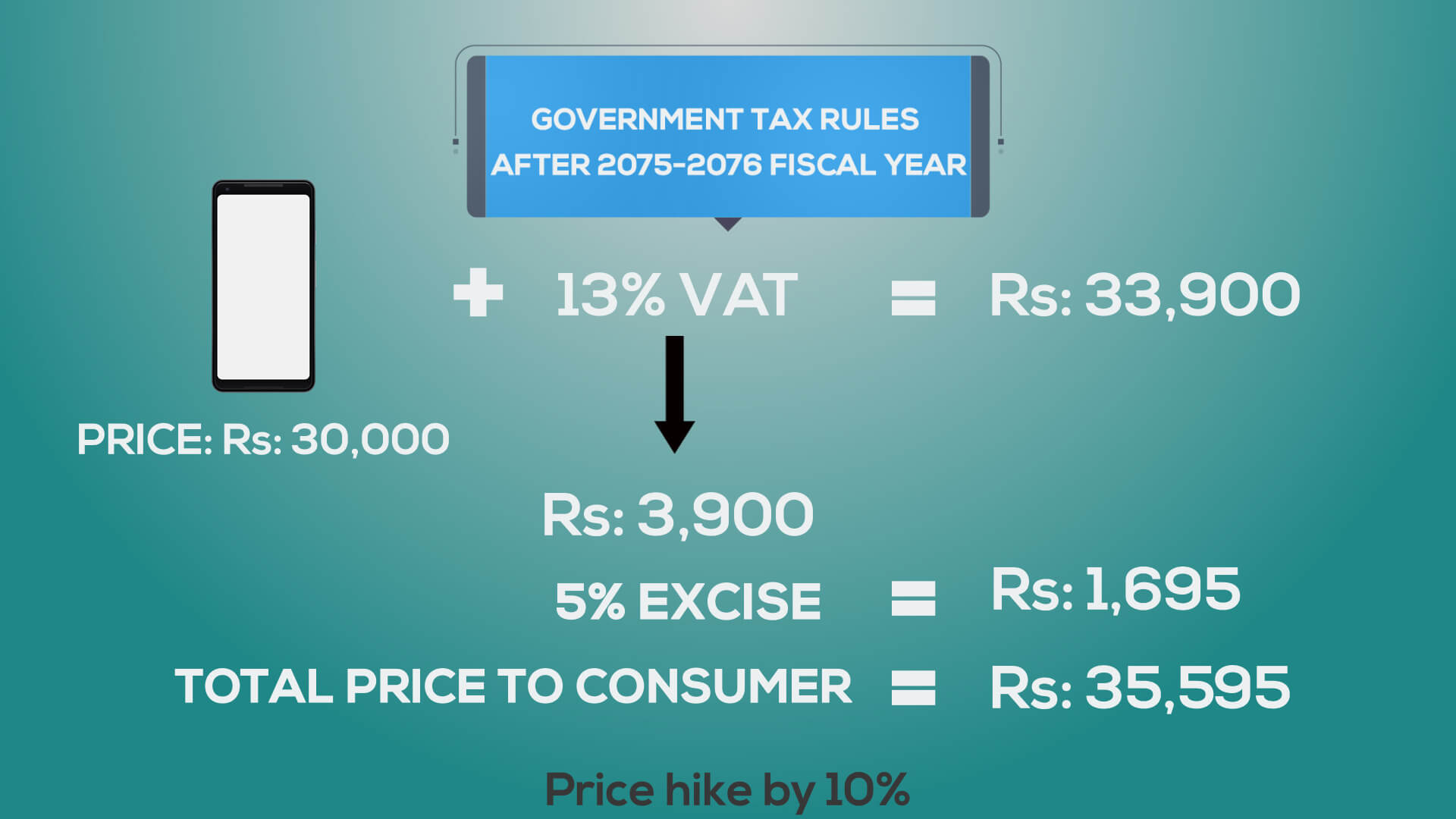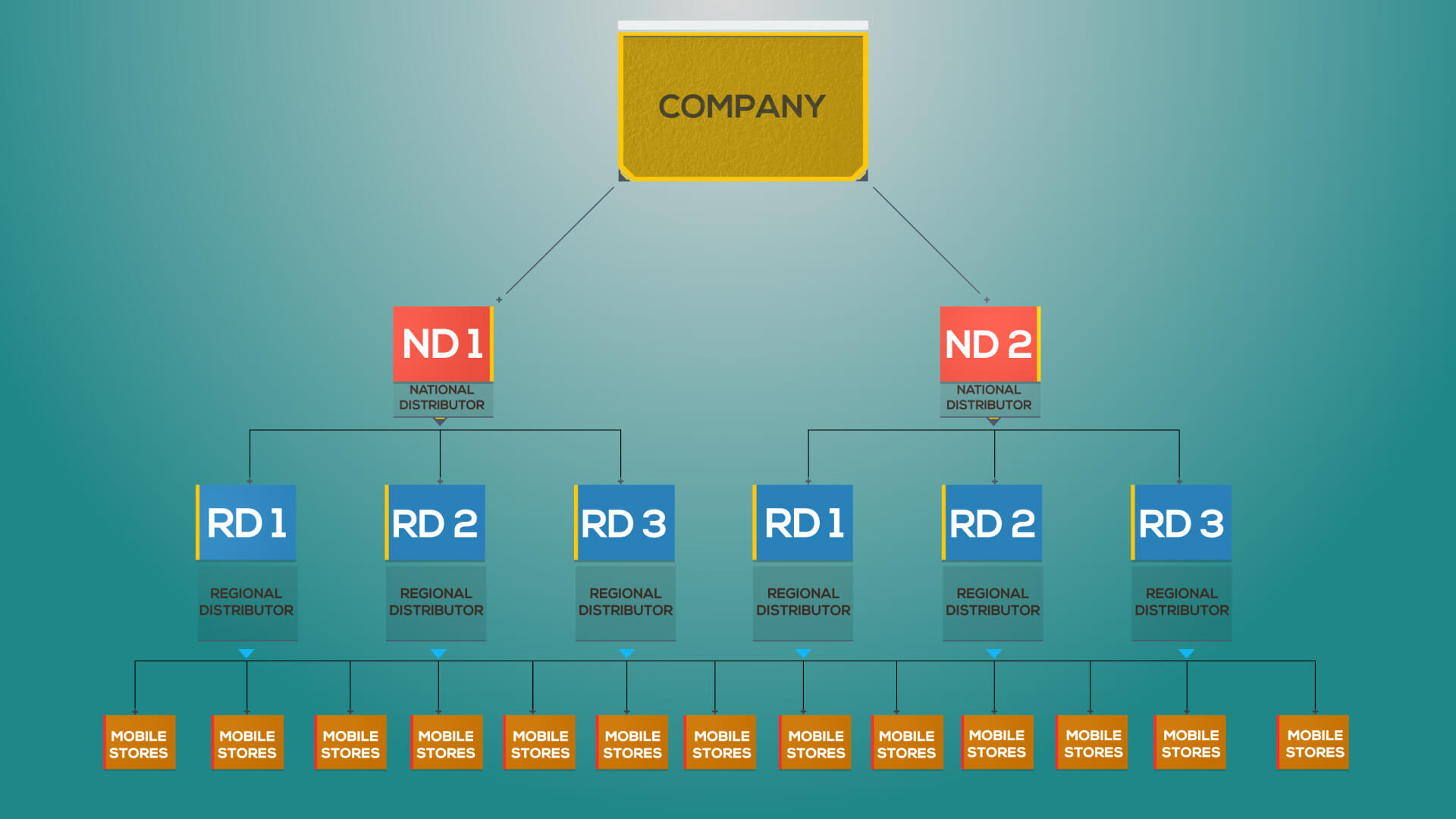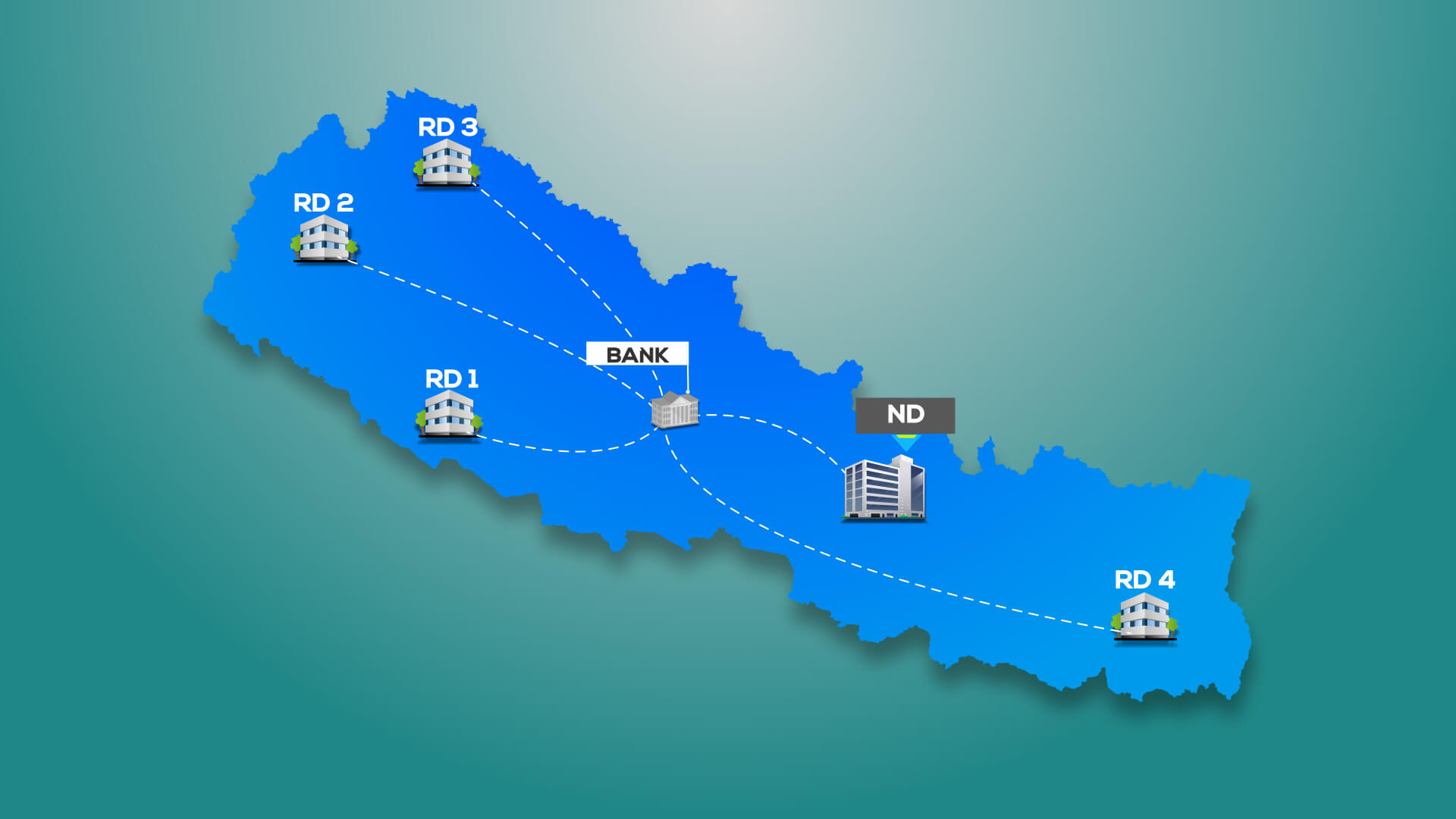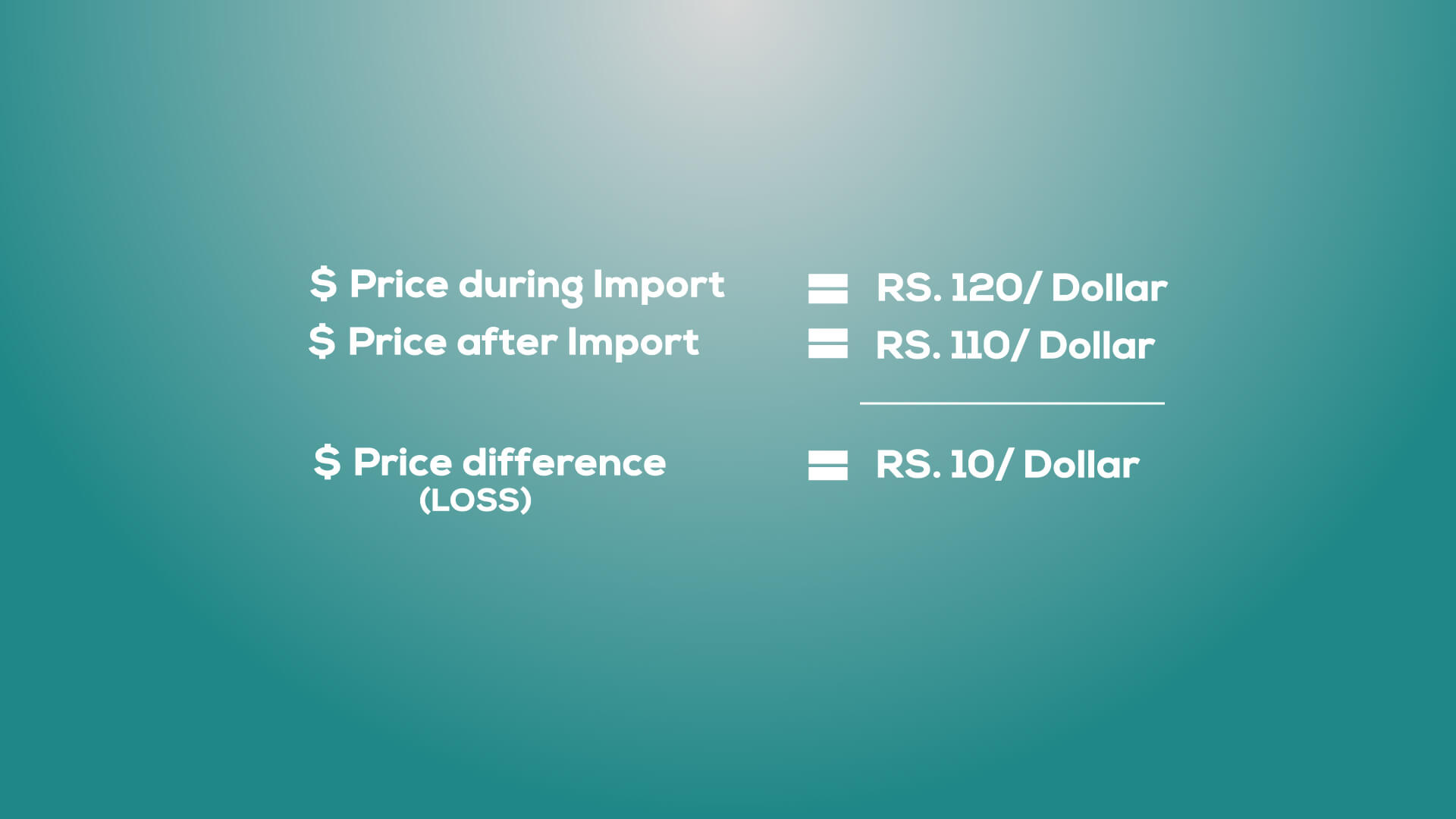
Here’s the scenario. You need/want to get a new phone. You consider your budget and search for some good phones around it. Then, you scour the Internet for their prices. Finally, you are discouraged by the fact that for your budget, you can get better phones in India and China than the ones in Nepal. Sounds familiar? It should be, because that’s the way it is. Now and then, Nepalese consumers are complaining about the unreasonable pricing of smartphones. Compare the prices of the phones here to the international market. Actually, why go very far? Take our neighbor India for example. Put the same phone side by side, with the same specs and materials, and the prices of smartphones in Nepal appear inflated. However, different factors come into play in this. Here are some reasons why Smartphones in Nepal are expensive compared to other countries:
Tax Increment
Before the increment of taxes, smartphone retailers paid 13% VAT, and on top of it, 40% of the VAT was refunded to them at the end of the fiscal year, making it a net of 7.8% on taxes.


But according to the policy from 2075/76, the 40% VAT return was removed, and on top of the 13% tax, another 5% excise duty was added, making it a total of 18% on taxes. Which took the prices of phones by up to 10%. And that’s only smartphones. For other gadgets, there’s a whole different thing going on. So, with it, prices are increasing, even though both suppliers and consumers are unhappy.
What is the 13% VAT and 5% Excise duty?
Well, the 13% VAT is the default value-added tax also known as good and service tax. The 5% Excise duty refers to the additional tax labeled upon the VAT for selling smartphones by the distributors.
Comparison with other Countries
| Countries | Tax rate |
|---|---|
| Nepal | 13% VAT+ 5% Excise duty |
| India | 18% GST tax+ 20% customs duty (optional) |
| China | 13% vat |
| Pakistan | 17% sales(Ad Valorem) tax |
| US | 5-7% SALES TAX |
| UK | 20% Sales tax |
| Australia | 10% sales tax |
| Germany | 19% standard VAT rate |
| Hungary | 27% standard VAT rate |
| Germany | 10% GST |
| Finland | (24% standard VAT rate) |
| Luxembourg | (17% standard VAT rate) |
| Bhutan | Exemption on mobile phones (considered as essential amenities) |
| UAE | 5% GST |
One of the major reasons why phones in Nepal are so expensive has to do with tax, but not just limited to it. For example, Indian customers pay 18% GST on smartphones. While overall smartphones cost much less in India because of their in-house manufacturing, the latest iPhone 15 pro max is cheaper in Nepal. Why? because Indians have to pay an additional 20% import tax on iPhones, as they are only assembled in India. Likewise, china has 13% standard VAT, while Pakistani customers pay 17% sales tax. The US has a pretty low tax rate on smartphones, as it only charges 5-7% sales tax depending on the state. Similarly in Europe, Hungary has the highest VAT rate at 27%, while Germany charges as low as 10%, in the Gulf, UAE has a pretty low VAT rate at 5%. While Bhutan has an exception of taxes on any kind of smartphone, the Bhutanese government understands Smartphones as a basic necessity that helped people through the covid COVID-19 lockdown. Despite this, the VAT and Tax don’t tell you the full story, as there are other factors as distribution channels that have their commissions that contribute to the hike in price
Distribution Channelling
This is, most likely, the primary reason for gadgets being expensive in Nepal. Yes, there are no in-house manufacturers, but there also aren’t any official company retailer stores for these gadgets here.
Phones exchange hands between various channels before they end up in the country – through agents, wholesalers, distributors to finally retailers. There’s the company a.k.a., the brand itself, then, the National Distributors (ND), then Regional Distributors (RD), then retailers, and finally, mobile stores. This long chain in the middle increases the price fairly quickly. With RD’s nicking off almost 15% commission and retail shops getting around 7-8% commission, this adds up to hick the price.  Now, the question might arise, why do you need an ND? What is the role of an RD? Why such a distribution channel? Why can’t smartphones sell directly to the retailers? But from the company’s point of view, NDs and RDs are kind of an assurance for them.
Now, the question might arise, why do you need an ND? What is the role of an RD? Why such a distribution channel? Why can’t smartphones sell directly to the retailers? But from the company’s point of view, NDs and RDs are kind of an assurance for them.
How so? NDs import smartphones, and companies acquire a bank guarantee or some kind of guarantee from them so that there is less risk. And similarly, NDs acquire the same kind of guarantee from the RDs, for their security. And this creates a linked chain. The retailers deal with the RD who is responsible for placements, and the RDs are managed by the ND, who, in turn, deal with the Mobile brands.
 Apart from security, the NDs also have their own sales team, called “Sales Promoters”, whose job is to promote the sales of their products in mobile stores. NDs also have their marketing team, sales officers, and product team, who help improve the sales and marketing of the product.
Apart from security, the NDs also have their own sales team, called “Sales Promoters”, whose job is to promote the sales of their products in mobile stores. NDs also have their marketing team, sales officers, and product team, who help improve the sales and marketing of the product.
As for the RDs, they possess local-level knowledge of the market and maintain good relations with the retailers. They also provide incentives to the retailers to motivate them to sell their products.
Therefore, RDs and NDs look like an integral part of the smartphone business. And this might create another question: Why don’t brands go online and cut off NDs and RDs entirely? This brings us to another reason:
Buying and Selling Practice
The smartphone market in Nepal differs from other countries in terms of sales practices. If you are aware, you’ll notice that many companies sell their phones online via various websites like Amazon, BestBuy, etc. with good discounts, even! For example, Xiaomi sells their phones to India and China online mostly, as they have a strong presence online and have good payment gateways. This means companies don’t have to establish luxury retail stores that add to their expenditures, which in turn, affect the prices of the phones.
The same isn’t the case in our country. With a very limited presence of e-commerce and a lack of good payment gateways, companies have to establish stores for customers. Even with some online retail stores on the rise, we prefer to see and feel the products before we buy them. As a result, companies have to invest in retail stores, increasing the price we pay for their phones.
Quantity of products sold
We’re all familiar with the theory of economies of scale, i.e. larger the quantity, the lower the price.  Quantities of products sold in India, China, US or other countries are higher compared to Nepal. While smartphones ship in millions to those nations, we play in the thousands here, affecting the cost per unit of those products. And so, this adds some burden on the prices of such products.
Quantities of products sold in India, China, US or other countries are higher compared to Nepal. While smartphones ship in millions to those nations, we play in the thousands here, affecting the cost per unit of those products. And so, this adds some burden on the prices of such products.
Lack of In-House Manufacturing Plants
This is no surprise. Our country has no in-house manufacturing plants of any kind of mobile phones or gadgets. Almost all gadgets are imported, starting the chain of middlemen, excise, and customs duties. Add shipping costs to it, and you end up with putting quite a dent in your pocket to buy gadgets here. Countries like India and China have their manufacturing plants (factories) which cuts off the customs TAX and transportation costs. For eg., Mi India set up a manufacturing plant and launched its first in-house made-in-India phone, the Redmi Note 5A. The phone had an aggressive price of NRs. 11,200 while the same phone launched for Rs. 17,500 in Nepal.
If things were produced in-house, maybe, we’d only have to pay shipping and taxes on raw materials, which are considerably less than finished goods. Also, there would be less ware-housing costs associated with it too. Which would make the products cheaper, but it’s not the case.
- Also, read
Make-In-India Policy
Recently, the Indian government formulated a policy, which favors in-house production of goods in India. And so, there are many smartphone manufacturing plants in India. For example, apart from Xiaomi’s factory there, Samsung’s largest smartphone factory is in Noida, India.  Due to this, they get the advantage of not having to pay any external taxes, which makes the products cheaper, be it online or offline. This, in the end, is in favor of the customer. And even though, we are a neighboring country, there are taxes and excise duties and policies. So, by the time these products arrive in Nepal, they incur quite a lot of additional taxes. Hence, the prices go up…
Due to this, they get the advantage of not having to pay any external taxes, which makes the products cheaper, be it online or offline. This, in the end, is in favor of the customer. And even though, we are a neighboring country, there are taxes and excise duties and policies. So, by the time these products arrive in Nepal, they incur quite a lot of additional taxes. Hence, the prices go up…
Dollar Fluctuation
This one is another reason for the expensive smartphone prices in Nepal. How so? Well, when any ND imports smartphones when the dollar rates are expensive, then, even when the dollar prices fall, the smartphone prices can be high because the importer paid higher. 
But at times when the imports are made when the dollar exchange rates are low, it can also ensure relatively cheaper prices. So, it’s not necessary that this reason leads to expensive prices, always. But most of the time, the prices are high.
Last Few Words…
So, I guess that’s all the most important reasons. But I’d also like to mention one more thing. That is, when most of the brands come to Nepal, their prices are already set high, and that, I think is the greed factor. Smartphone brands should be setting their prices low initially, to penetrate the market, but that does not seem to be the case.
Now, I’m not saying all smartphone brands do that. Sometimes, the prices are quite reasonable. Like most Samsung Phones, which has a relatively lower gap on smartphones.
So yes, there you have it. The reason why smartphones and electronics are expensive here. What are your views on this? What do you think can be done? If you guys think we left out some other reasons, do let us know in the comments
- Check out our first impressions of the Vivo X100 Pro here.
















![Best Ultrabooks To Buy in Nepal 2024 [Updated] Best Ultrabook Laptops in Nepal 2023 - June Update](https://cdn.gadgetbytenepal.com/wp-content/uploads/2023/04/Best-Ultrabook-Laptops-in-Nepal-2023-June-Update.jpg)
![Best Gaming Laptops in Nepal 2024 [Updated] Best Gaming Laptops in Nepal 2023 - June Update](https://cdn.gadgetbytenepal.com/wp-content/uploads/2023/04/Best-Gaming-Laptops-in-Nepal-2023-June-Update.jpg)


![Best Mobile Phones Under Rs. 15,000 in Nepal [Updated] Best Phones Under 15000 in Nepal 2024 Budget Smartphones Cheap Affordable](https://cdn.gadgetbytenepal.com/wp-content/uploads/2024/03/Best-Phones-Under-15000-in-Nepal-2024.jpg)
![Best Mobile Phones Under Rs. 20,000 in Nepal [Updated] Best Mobile Phones Under NPR 20000 in Nepal 2023 Updated Samsung Xiaomi Redmi POCO Realme Narzo Benco](https://cdn.gadgetbytenepal.com/wp-content/uploads/2024/01/Best-Phones-Under-20000-in-Nepal-2024.jpg)
![Best Mobile Phones Under Rs. 30,000 in Nepal [Updated]](https://cdn.gadgetbytenepal.com/wp-content/uploads/2023/12/Best-Phones-Under-30000-in-Nepal-2024.jpg)
![Best Mobile Phones Under Rs. 40,000 in Nepal [Updated] Best Phones Under 40000 in Nepal 2024 Smartphones Mobile Midrange](https://cdn.gadgetbytenepal.com/wp-content/uploads/2024/02/Best-Phones-Under-40000-in-Nepal-2024.jpg)
![Best Mobile Phones Under Rs. 50,000 in Nepal [Updated] Best Phones Under 50000 in Nepal 2024 Smartphones Midrange](https://cdn.gadgetbytenepal.com/wp-content/uploads/2024/02/Best-Phones-Under-50000-in-Nepal-2024.jpg)
![Best Flagship Smartphones To Buy In Nepal [Updated] Best Smartphones in Nepal 2024 Flagship Premium Samsung Apple iPhone Xiaomi OnePlus Honor](https://cdn.gadgetbytenepal.com/wp-content/uploads/2023/09/Best-Smartphones-in-Nepal-2024.jpg)